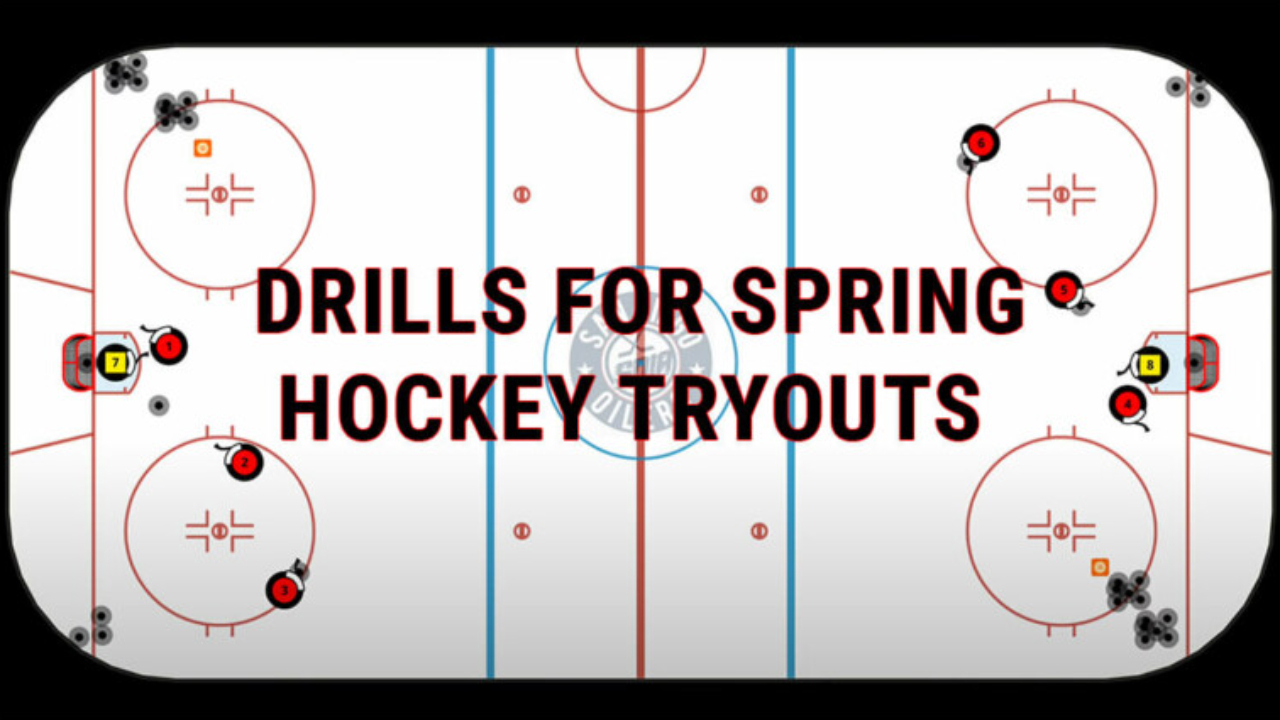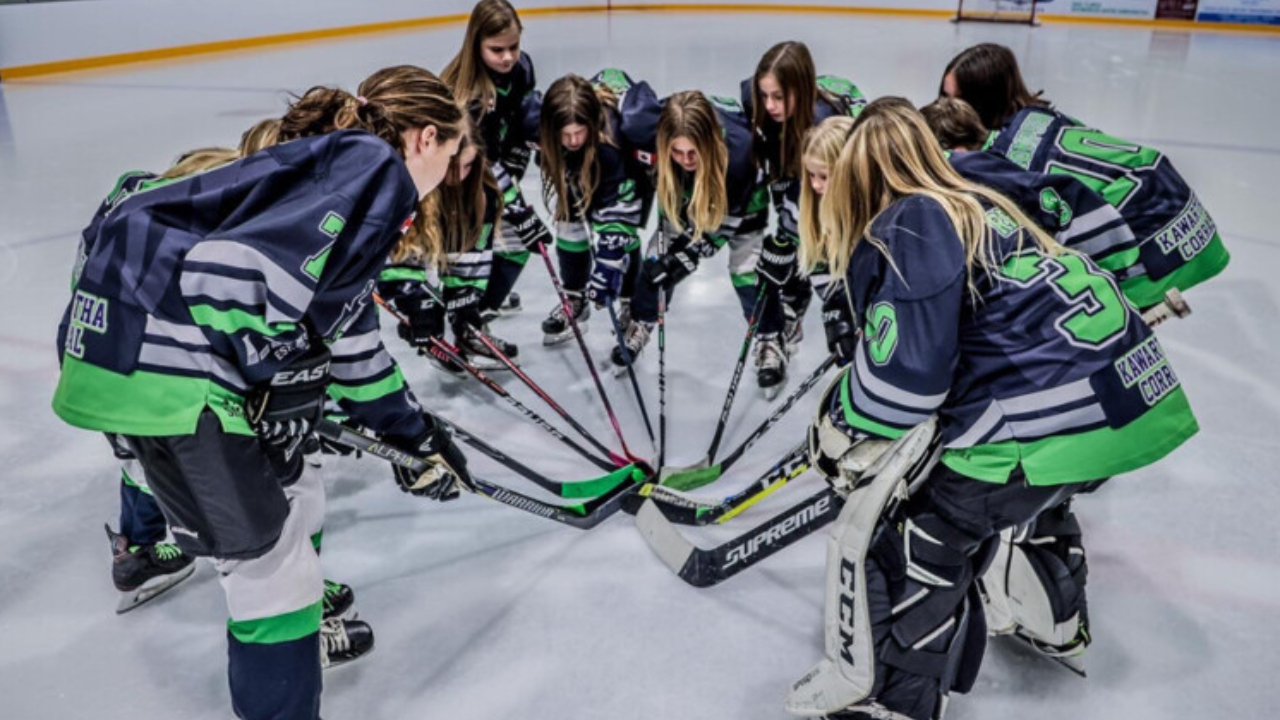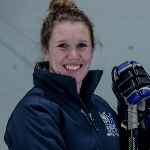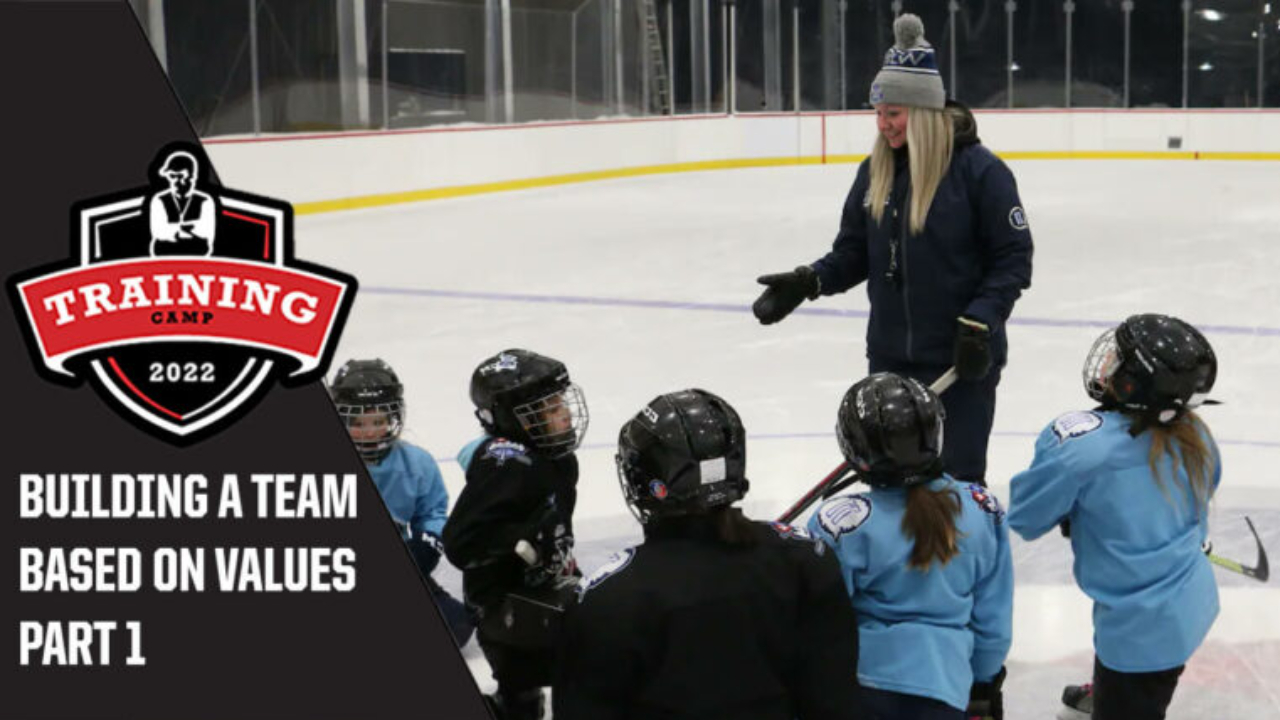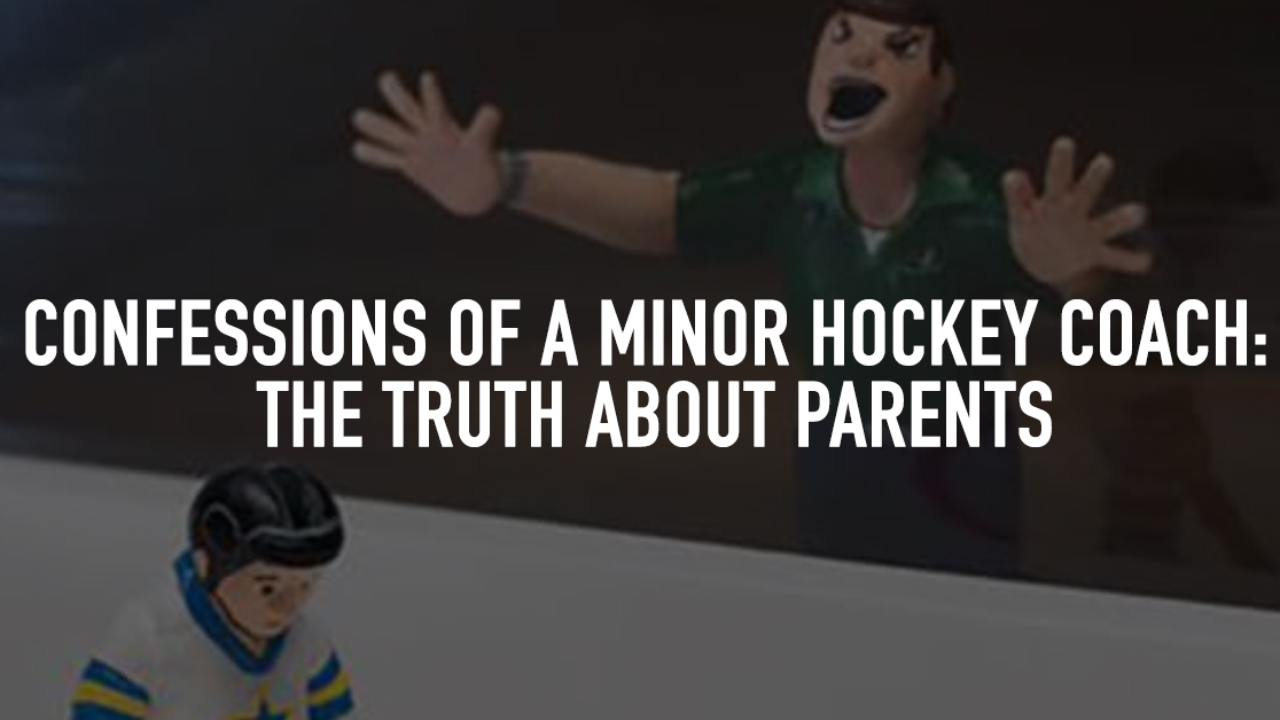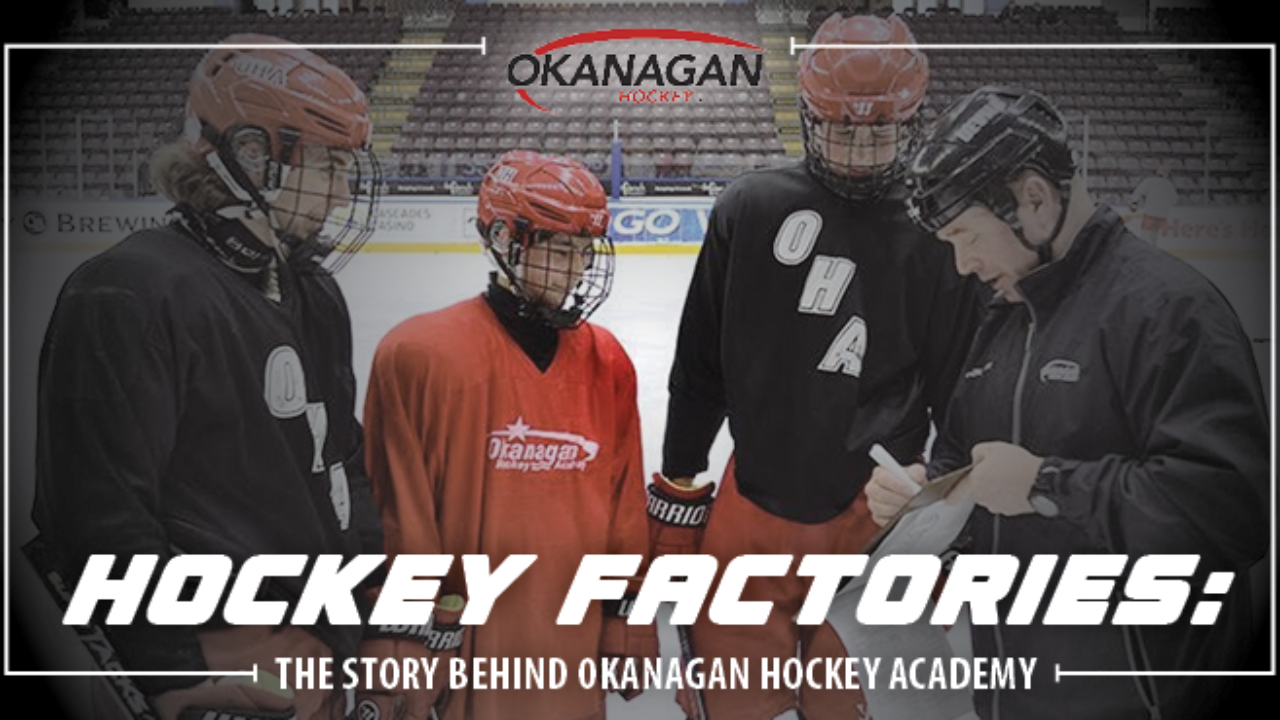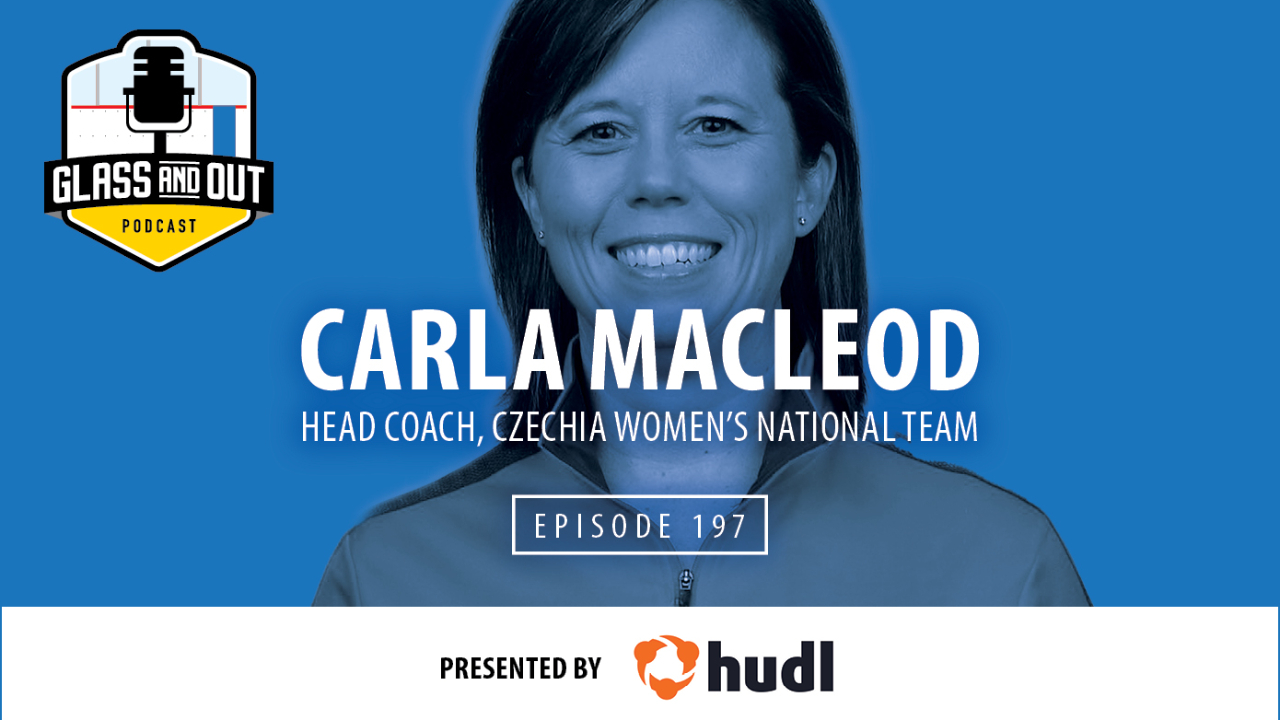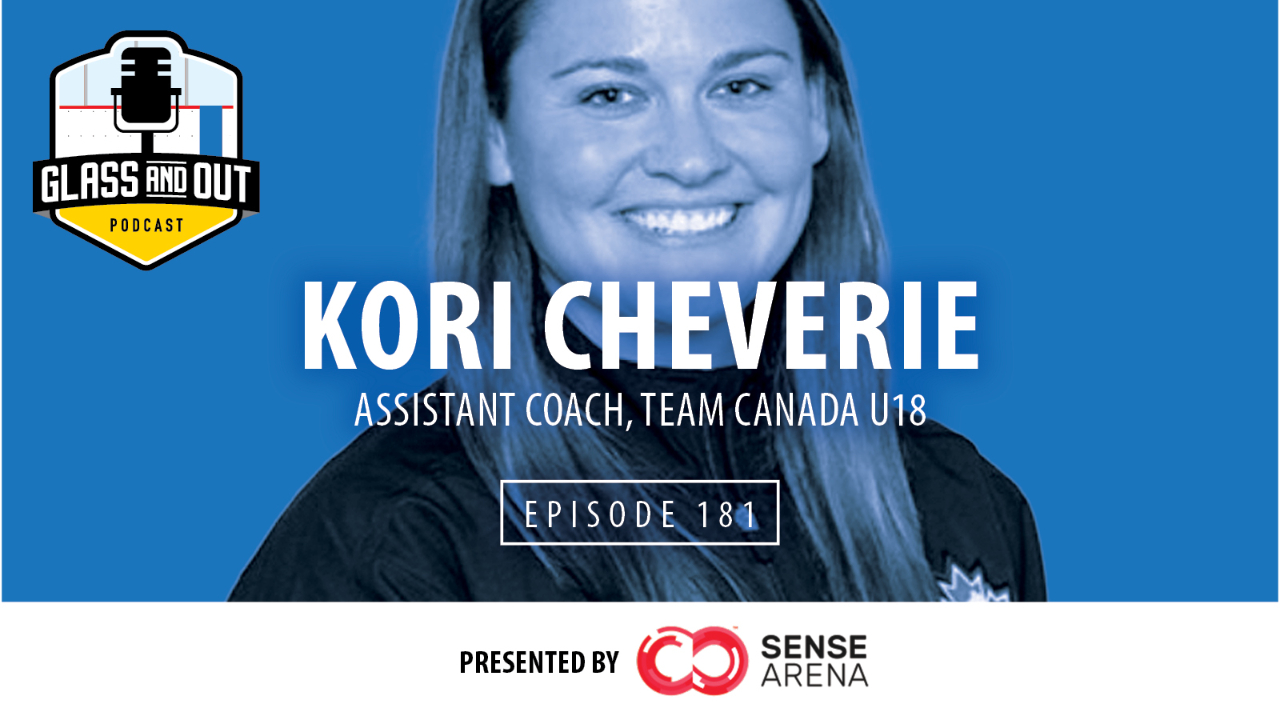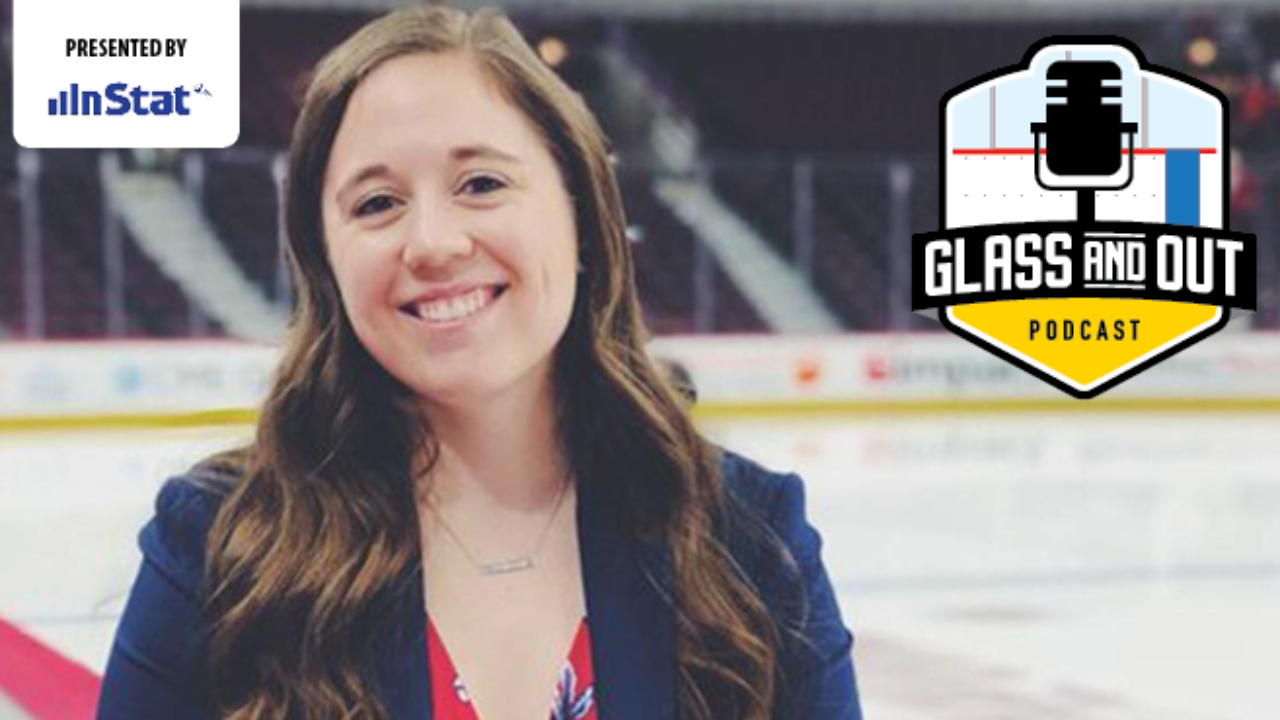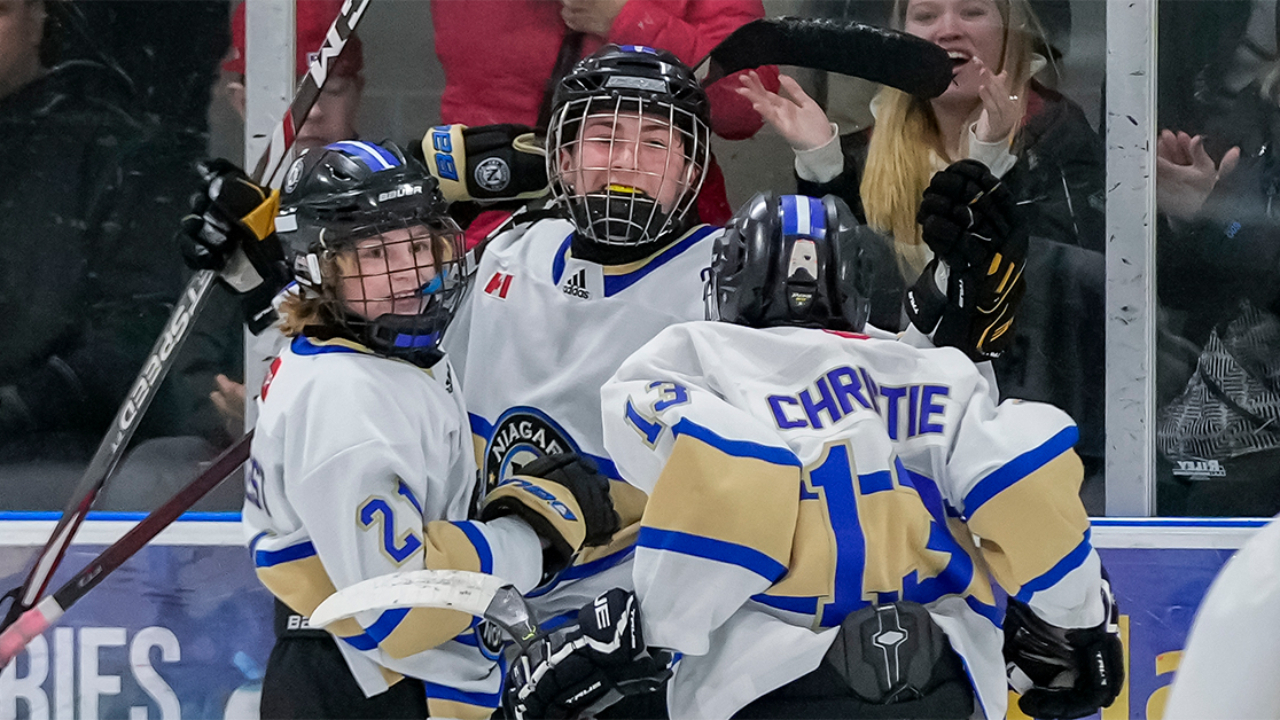Over the last three years, I've put in numerous applications for various youth coaching positions. This included applying for my son's U11 team for the 2021/2022 season, his U13 A team for the 2022/2023 season, and other U13 spring development programs within our association. Despite my efforts, I faced repeated rejections without any explanation. As a result, I began seeking coaching opportunities for teams my children were not part of. This led me to coach a U15 recreational league (house league) team and eventually a U15 spring team, which marked a significant change in my growth.
Last season, I applied for the 2024/2025 U13 AA male team but, once again, did not get the position. When I spoke to a member of the coach selection board, I was told my interview was awesome. They had no reason for why I was not chosen. I begged for some form of criticism to understand the decision, but unfortunately, none was provided.
After the announcement of the coach selections in June 2024, it turned out that the U13 AA female team did not have a coach. Simultaneously, the U15 AAA female team saw its coach withdraw his application, leaving them without a coach as well. Faced with the possibility of entering the 2024 season without a coaching position just like the year before, I decided to apply for both the U15 AAA female and U13 AA female teams as a non-parent coach, with the U15s being my first preference. Once again, I was not chosen for the U15 position, marking the fifth youth coaching job I had been turned down for in two and a half years. The position went to a young female coach, who, admittedly, could probably connect with the female players better. Nevertheless, it was tough to accept that I couldn't secure even the youngest coaching roles within an organization that seemed to struggle with a shortage of coaches each year. Ultimately, I accepted the U13 AA Female role with some apprehension, as I had never coached girls before and was concerned about whether my coaching style would clash with their personalities.
This entire journey reminds me of the Rascal Flatts song "Bless the Broken Road." Looking back, every event that transpired up to this point happened for a reason. I understood that actions speak louder than words and promised myself that I would make the U13 AA female team the best program this town had ever seen. My commitment was unwavering, and I quickly realized how welcoming female hockey can be. The camaraderie these girls built in such a short time was remarkable. For some pre-teen girls, having an unfamiliar male coach could have been intimidating, but they allowed me to have the most enjoyable coaching season of my career.
From a development perspective, I had a basic understanding of the defensive zone going into the season and always spent a lot of time talking about it. This was the first season I learned how to defend those "confusing" areas of our defensive zone. More importantly, I learned how to effectively communicate this to the girls. By December, our team's defensive zone coverage was about 90 percent effective, allowing only about 10 percent of flaws. We achieved nine shutouts in 12 games during December and January. Come January, the coaching staff decided to change our focus to increase our "goals for" average and spent a lot of time on offensive zone creativity. In youth hockey, the season is relatively short, and I realized the importance of focusing on the main objectives while incorporating other key components. However, as we shifted our focus away from defensive zone tactics in mid-January, we started to see more mistakes in our zone. Our defense went from being confident and aggressive to passive and played on their heels. I found that this happened for two reasons: we didn't keep the main thing, the main thing. And what I call the "February Blues" in youth hockey. Players start to lose their edge as the season drags on. While it may seem short to adults, for kids, spending five months with the same group and coach can become stale. Finding how to keep things interesting for the young players so they can finish the season strong is something I will continue to work on this off-season.
As I look ahead to the 2025/2026 season, I am still working on developing a roadmap for next season. Over the next three months, I will focus on how to deliver my message more effectively to avoid any confusion come fall. Reflecting on my time with the girls, I realize that I could have expedited some of our learning processes with what I learned now. Once we started incorporating visual cues in November to teach different aspects of the game, our team's development soared. I had never dedicated this much time to a team, their improvement was contagious, and I had never been this successful in conveying my understanding of the game. This experience forced me to grow as an individual, so I could continue fostering our team's growth.
The girls' ability to take direction so literally helped me in the teaching process and opened my eyes to the fact that most coaches, including myself, tend to over-communicate with players, causing confusion and regression (robots). Keeping our instructions simple and to the point and ensuring that our drill selections support our teachings is crucial. When asked to explain a drill more than a couple of times, sometimes just saying "Let's go figure it out" is the best way for players to learn.
In conclusion, I want to extend my gratitude to the parents, players, and management of the 2024/2025 U13 AA female team. This team has played a significant role in my development as a teacher of the game, and I wish the players the best of luck in their future endeavors. I hope our paths cross again someday, and I'm sure they will. If I can offer one piece of advice to coaches who have read this far, is that the journey is not meant to be easy. It was incredibly frustrating for me to secure a coaching position in a youth hockey program. The doubt and uncertainty about whether I could even get a youth coaching job made me question a lot about myself. I spend 10 years re-building a 50-year-old business with the help of other owners and managers in the area. However, it was a shock for me how difficult these relationships were to find in the hockey industry. All of this fueled my determination, and I wouldn't be the coach I am today without these past experiences and roadblocks.
Whether it's your first, second, or even sixth choice, give it all of your attention, and new opportunities will come your way. I bet you will even be surprised with the new relationships you'll build. After struggling to get a coaching job in youth hockey, I found my own path by accepting a non-parent house league coaching position, which eventually helped me flip the script. Today, this led to a choice I had to make with the team I'd coach next year between high school or academy hockey. And now, I've started an amazing coaching job at the Western Canada Hockey Academy for a new team competing in the PHL this upcoming fall.

